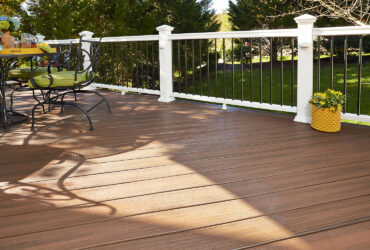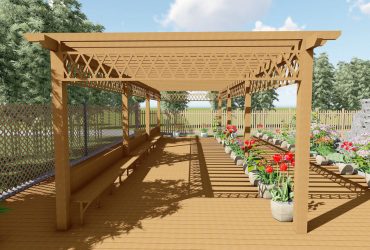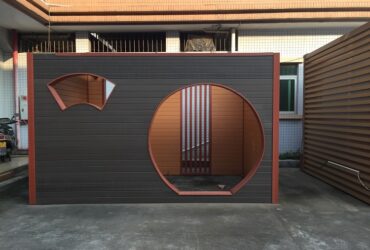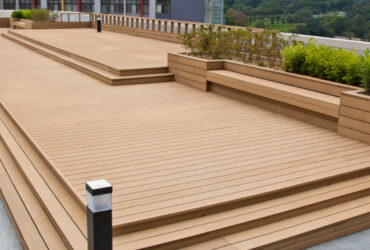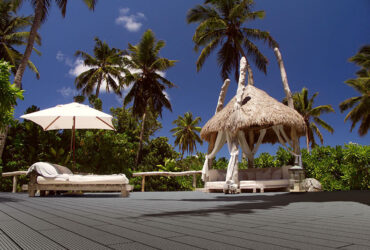Properties of Bamboo Charcoal/Polyvinyl Chloride Composite Panels
Biochar/plastic composite materials use highly enriched carbon skeleton and loose porous structure of biochar as the reinforcing phase.New composite materials made with plastic as the matrix have the characteristics of high biochar reserves and renewable properties. Composite materials reinforced and modified with biochar have become one of the new materials with the greatest development potential. Polyvinyl chloride (PVC), as a general-purpose thermoplastic, is widely used in building materials, industrial products, daily necessities and other fields.
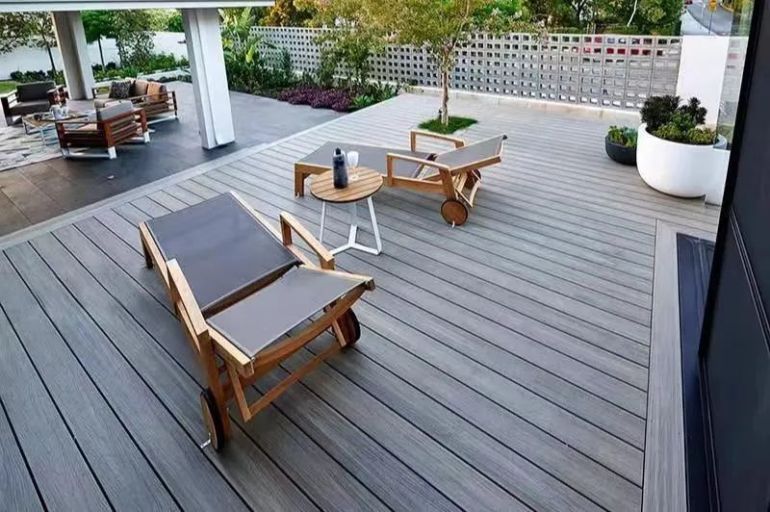
However, due to the need to add a large amount of additives, its flame retardancy and thermal stability are reduced. It usually produces a large amount of black smoke and corrosive gases when burning, which is extremely dangerous. Therefore, scholars at home and abroad have conducted a large number of theoretical and applied research on flame retardant and smoke suppression. However, any single flame retardant and smoke suppressant agent has its own shortcomings. Synergistic compounding is usually required to achieve good flame retardant and smoke suppression effects. This increases process difficulty and preparation cost. There are studies using carbon black (CB) to modify PVC to obtain PVC-based composite materials with optimized electrical conductivity and excellent physical and mechanical properties. However, the greater the CB loading, the lower the compatibility with the polymer matrix and the worse the mechanical properties, which limits its wide application. Bamboo charcoal (BC), as an emerging functional biomass charcoal, has properties such as adsorption, far-infrared effect, and electromagnetic shielding. By adding porous, high specific surface area bamboo charcoal, it is beneficial to produce mechanical interlocking and adsorption with the polymer matrix, which can effectively promote the bonding between the filler interface and the polymer matrix to enhance the mechanical properties.

Studies have shown that when the BC content reaches 70% mass fraction in the polymer, the tensile strength and Young's modulus of the composite material can still increase by 360% and 520%;And BC is compounded with other flame retardants to form a synergistic flame retardant system for flame retardant polymers, which can achieve the expected flame retardant effect.Overcome the flammable properties of wood-plastic composites (WPC) made from plastic and wood powder. The use of BC and chitosan (CS) to modify WPC can not only increase the mechanical strength of WPC, but also effectively improve its thermal stability.

